By: Pat Walsh, Vice President, Supply Chain & Chief Business Development Officer, Industry Relations, Food Marketing Institute
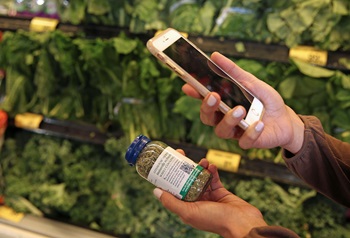
The following article appeared in the January/February 2017 edition of Retail Leader.
Amazon’s announcement of a new pilot program that offers customers a boundary-less experience for shopping and checkout is justly being positioned as a game-changer for the food retail industry and greater retail supply chain. And while the implications for artificial intelligence and integrated mobile payment options will present themselves as the company tests its mechanisms, one conclusion is undeniable: the power of connected commerce will only grow in megahertz.
FMI’s U.S. Grocery Shopper Trends 2016 suggests that shoppers are using digital tools prior to and during shopping trips. No surprise, Millennials are most likely to engage with retailers using social media or other digital tools, such as apps. The Trends analysis makes a strong case that our rapidly changing food culture demands more creative ways to integrate new technologies into how shoppers plan, browse, curate, purchase and ultimately eat.
At FMI, we acknowledge that the digital juggernaut at grocery has begun. Over the past six months FMI and Nielsen have done exhaustive research on the topic with deep dive consumer surveys, food retailer and CPG manufacturer interviews, online retailer site capabilities assessments, and thought leadership on digital retailing trends. The competitive complexity between pure play and bricks and mortar retailers will greatly intensify within a context of shopping anytime, anywhere at the center of the new retail landscape. Our goal is to provide deep executable thought leadership on digital food retailing.
As our digital partner, Nielsen will lead with us on an exploration of current and future digital shopping behaviors, incorporating perspectives from top retailers, CPG manufacturers and technology/service providers, along with extensive consumer research. We’re poised to understand the explosive growth potential for digital food shopping; clarifying the most likely impact on center store going forward; highlighting the operating model changes to compete profitability in the new connected commerce landscape; reviewing the “journey to purchase” of the digitally engaged food shopper; and identifying the organizational and operational capabilities (from strategy to technology) needed to succeed in the connected commerce retail landscape. This three-year journey will evolve through a process of discovery, evaluation of best practices and opportunity gaps regarding capabilities that must be developed among supply chain partners.
Since the primary objective of this initiative is to identify and assess what strategies and capabilities retailers and manufacturers must have in place to win with the digital shopper of today and tomorrow, FMI and Nielsen are engaging retail and manufacturer senior executives to include: CEO’s, chief merchants, heads of supply chain, CIOs, store operators, e-commerce and digital leads, presidents of sales and marketing.
Without a doubt there has been a tsunamic effort getting people online, but a disconnect on how to serve those customers. Fundamentally, we know the impact of digital on grocery shopping is significantly and quickly growing, which is creating a real urgency to explore the emerging technologies shaping the new norm in food and consumer products shopping. We’ll explore with Nielsen how a new generation of technology-enabled digital collaboration, including format, supply chain, and information capabilities – will be required for seamless engagement with the grocery customer. A borderless way of shopping will become the norm.
The 2017 FMI Midwinter Executive Conference will feature a panel presentation on this research entitled, The Age of Connected Commerce: Digitally Engaged Shoppers. For more information about this invitation-only event, visit www.fmi.org/midwinter.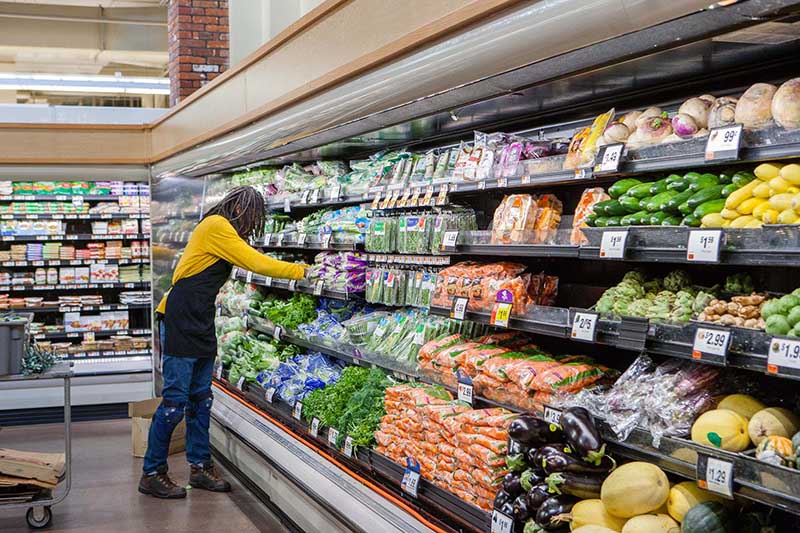

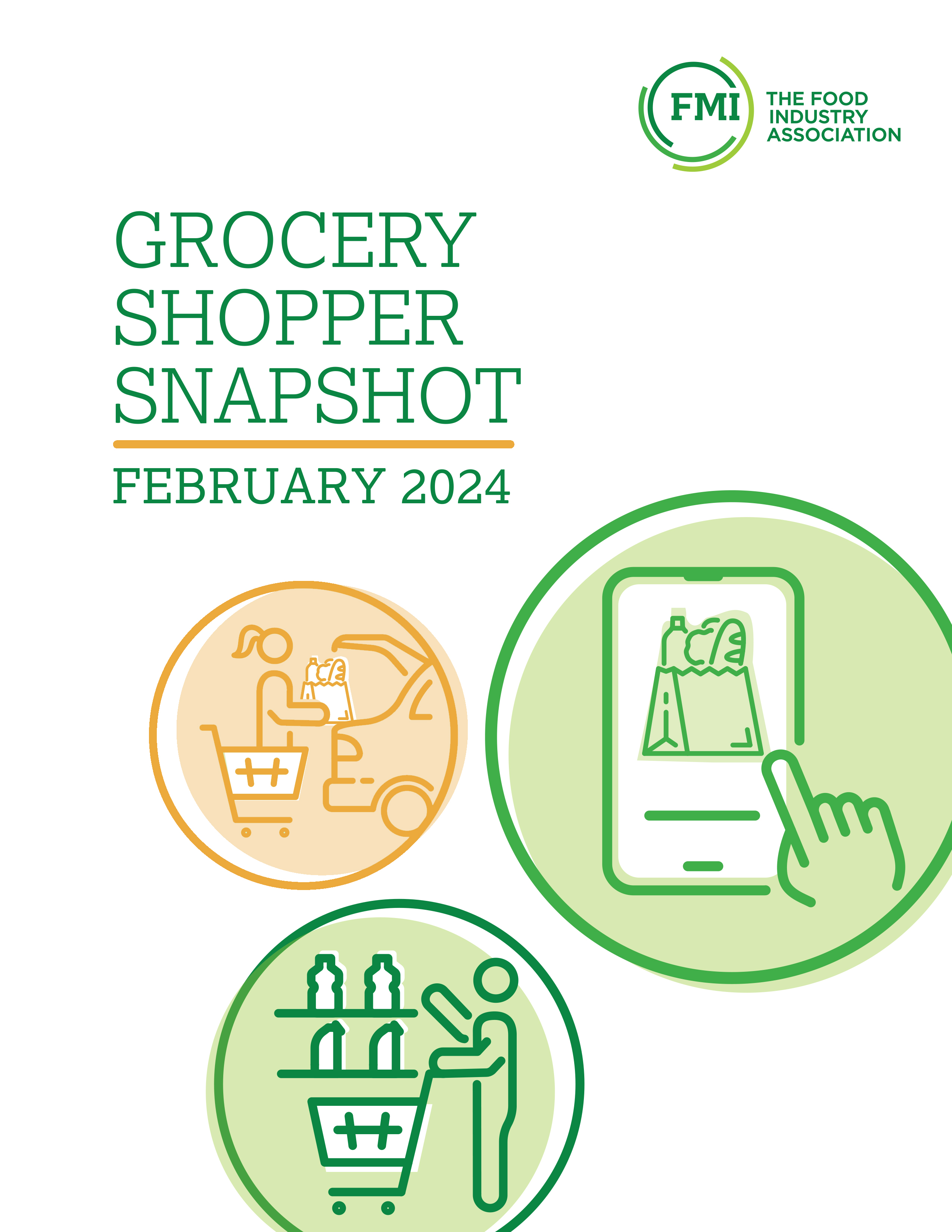
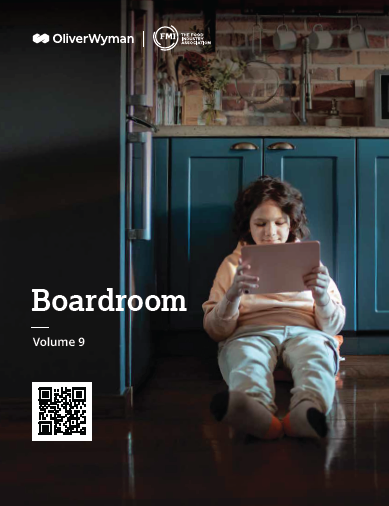
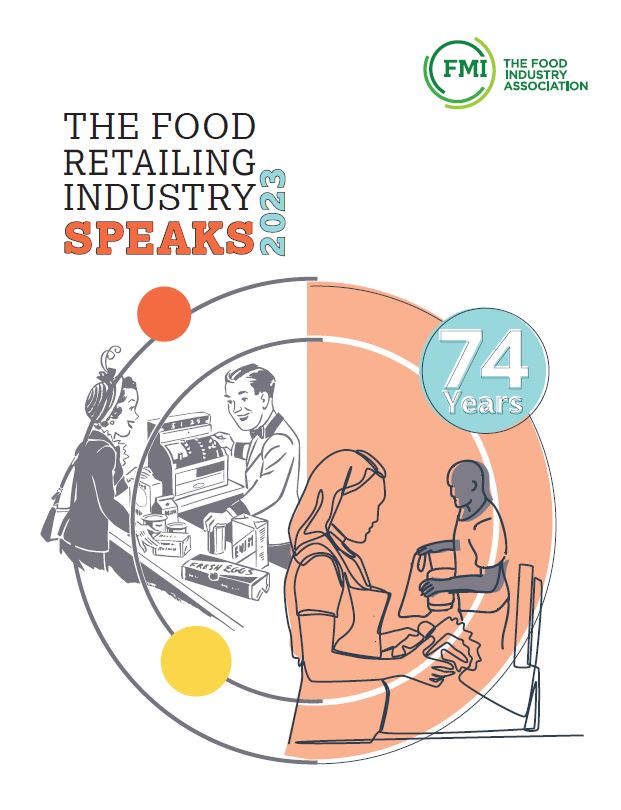

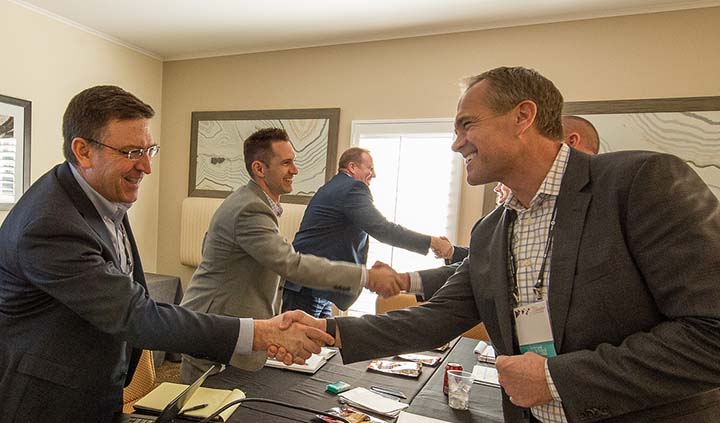
 Industry Topics address your specific area of expertise with resources, reports, events and more.
Industry Topics address your specific area of expertise with resources, reports, events and more.
 Our Research covers consumer behavior and retail operation benchmarks so you can make informed business decisions.
Our Research covers consumer behavior and retail operation benchmarks so you can make informed business decisions.
 Events and Education including online and in-person help you advance your food retail career.
Events and Education including online and in-person help you advance your food retail career.
 Food Safety training, resources and guidance that help you create a company food safety culture.
Food Safety training, resources and guidance that help you create a company food safety culture.
 Government Affairs work — federal and state — on the latest food industry policy, regulatory and legislative issues.
Government Affairs work — federal and state — on the latest food industry policy, regulatory and legislative issues.
 Get Involved. From industry awards to newsletters and committees, these resources help you take advantage of your membership.
Get Involved. From industry awards to newsletters and committees, these resources help you take advantage of your membership.
 Best practices, guidance documents, infographics, signage and more for the food industry on the COVID-19 pandemic.
Best practices, guidance documents, infographics, signage and more for the food industry on the COVID-19 pandemic.
